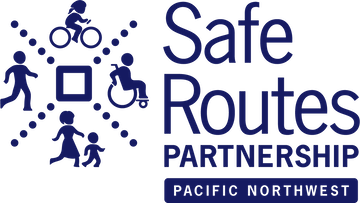Oregon Statewide Transportation Improvement Program
Every few years, the Oregon Transportation Commission (OTC) deliberates how to spend billions in statewide transportation funds by determining funding categories, such as investing in roadway maintenance, highway widening, or bike/pedestrian/transit/safety. For the past several months, the OTC has heard from the public and made a decision on how to invest more than $2B in transportation funding via the 2024-27 Statewide Transportation Investment Program (STIP).


